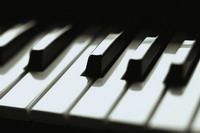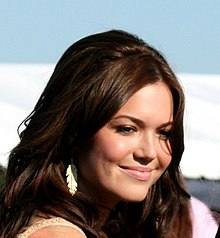Piano Sheets > Mandy Moore Sheet Music > Only Hope (ver. 2) Piano Sheet
Only Hope (ver. 2) by Mandy Moore - Piano Sheets and Free Sheet Music

About the Song
Other avaliable versions of this music sheet: Version 1 Version 2 Version 3 Version 4 Version 5 Version 6 Version 7 Version 8 Version 11 Version 13
"Only Hope" was covered by Mandy Moore for the film and is included in her compilation The Best of Mandy Moore, although left out of her 2001 release. It was slated as the second single after "Cry" which, however, was not a hit and consequently "Only Hope" was not released to radio. A music video--largely a duplicate of the movie--was shot and was released successfully to music channels in Asia. Amanda Leigh Mandy Moore (born April 10; 1984) is an American pop singer; songwriter; actress; and fashion designer. She grew up in Florida and came to fame as a teenager in the early 2000s; after the release of her teen-oriented pop albums So Real; I Wanna Be with You; and Mandy Moore. Moore has branched out into a film career; starring in 2002s A Walk to Remember and later appearing in the lead roles of other movies also aimed at teenage audiences.Two of her later films; American Dreamz and Saved!; were.
Download this sheet!
About the Artist

Random article
How to enhance sight-reading for piano sheet music If you want to learn how to play, the piano in a live performance impromptu then you need to improve your sight-reading of sheet music. Chances are you will have to play music notes, which are unfamiliar.
Picking it at random
One of the best ways to enhance your sight-reading of piano notes is to pick any book randomly and start playing. Ideally, you want to start playing these musical notes from the first page and continue until you reach the very end. The trick is to be stern with yourself and not stop playing until you reach the last page of the sheet music.
(More...)
